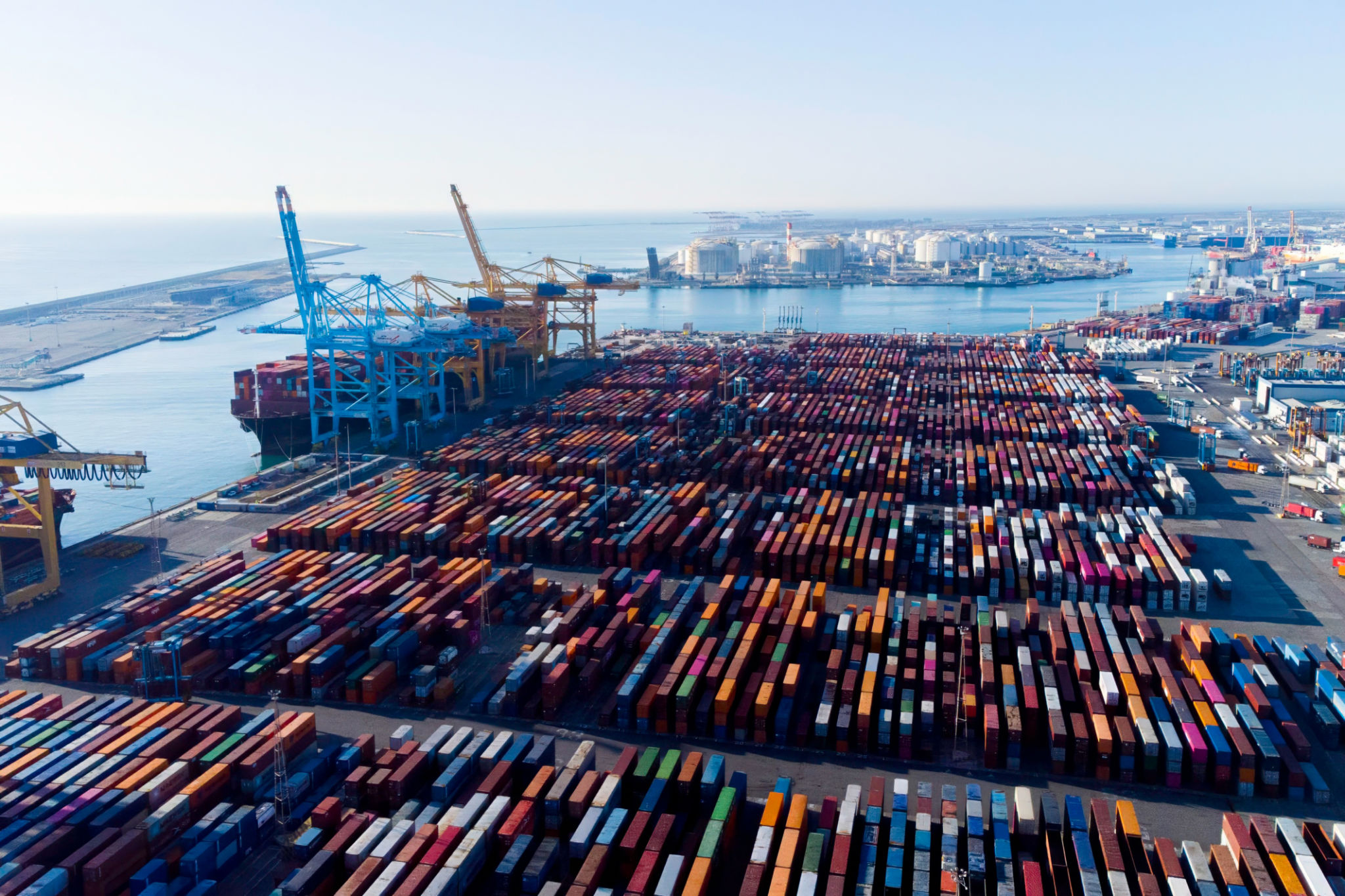How to Avoid Common Pitfalls in International Sourcing
Understanding the Basics of International Sourcing
International sourcing is a strategic decision that can bring numerous benefits, such as cost savings, access to new markets, and the ability to source materials or products that are not available domestically. However, it also presents a range of challenges and pitfalls that businesses need to navigate carefully. Understanding the basics and developing a solid strategy is crucial to success.
One of the first steps in avoiding common pitfalls is conducting comprehensive research on potential suppliers. This includes evaluating their reputation, assessing their production capabilities, and ensuring they comply with international standards and regulations. It's also essential to establish clear communication channels to mitigate misunderstandings and ensure smooth operations.

Managing Cultural and Language Differences
Cultural and language differences can be a significant obstacle in international sourcing. Miscommunications can lead to delays, quality issues, and strained relationships. It's important to invest time in understanding the cultural norms and business etiquette of the country you're sourcing from.
Consider employing bilingual staff or hiring professional translators to bridge communication gaps. Additionally, providing cultural training for your team can help them interact more effectively with international partners.

Legal and Regulatory Compliance
Navigating the legal and regulatory landscape in a foreign country can be complex. Each country has its own set of laws regarding trade, labor, and environmental standards. Failing to comply with these regulations can result in severe penalties and damage your company's reputation.
It's advisable to work with legal experts who specialize in international trade to ensure compliance. They can help you understand import/export regulations, taxes, tariffs, and any documentation required for smooth transactions.

Quality Control and Assurance
One of the most common concerns in international sourcing is maintaining product quality. Implementing strict quality control measures is essential to ensure that products meet your company's standards and specifications.
Establishing a local presence or partnering with third-party inspection agencies can help monitor production processes and perform regular quality checks. This proactive approach can help identify issues early and prevent costly recalls or rework.
Risk Management and Contingency Planning
International sourcing involves various risks, including political instability, currency fluctuations, and supply chain disruptions. Developing a robust risk management strategy is crucial to mitigate these risks.
Create contingency plans that include alternative suppliers, flexible contracts, and insurance coverage to protect your business from unforeseen events. Regularly reviewing and updating these plans will ensure your company is well-prepared for any challenges that may arise.

Building Strong Relationships with Suppliers
Strong relationships with suppliers are the foundation of successful international sourcing. Building trust and rapport with your suppliers can lead to better negotiation outcomes, improved collaboration, and long-term partnerships.
Regular communication, transparency, and honoring commitments are key to fostering these relationships. Consider visiting suppliers regularly to strengthen ties and gain a deeper understanding of their capabilities and challenges.
Leveraging Technology in International Sourcing
Technology plays a vital role in streamlining international sourcing processes. Utilizing digital tools for communication, project management, and logistics can enhance efficiency and reduce errors.
Invest in supply chain management software that provides real-time tracking of shipments, inventory levels, and supplier performance. These tools can offer valuable insights into your sourcing operations and help you make informed decisions.
